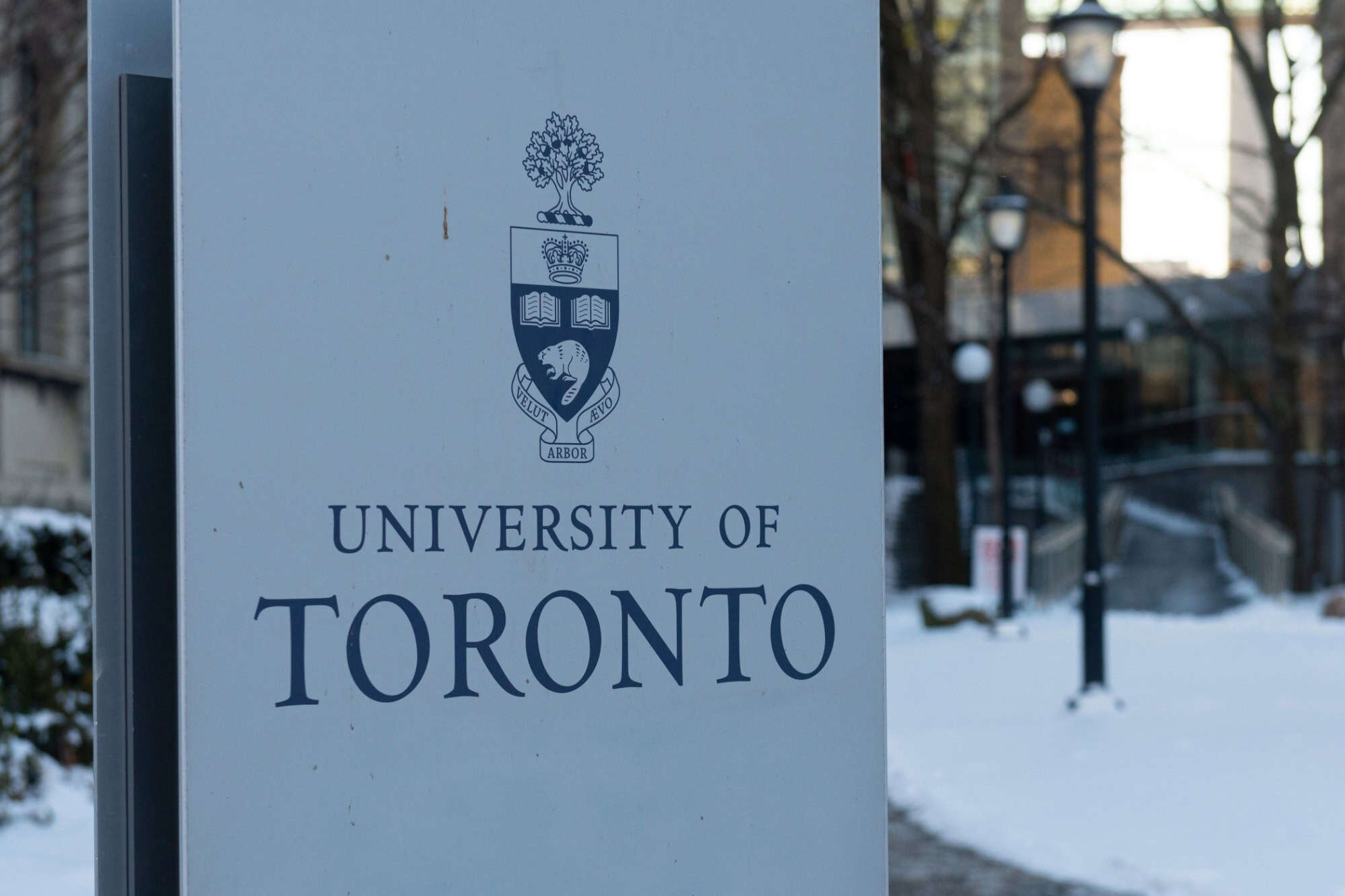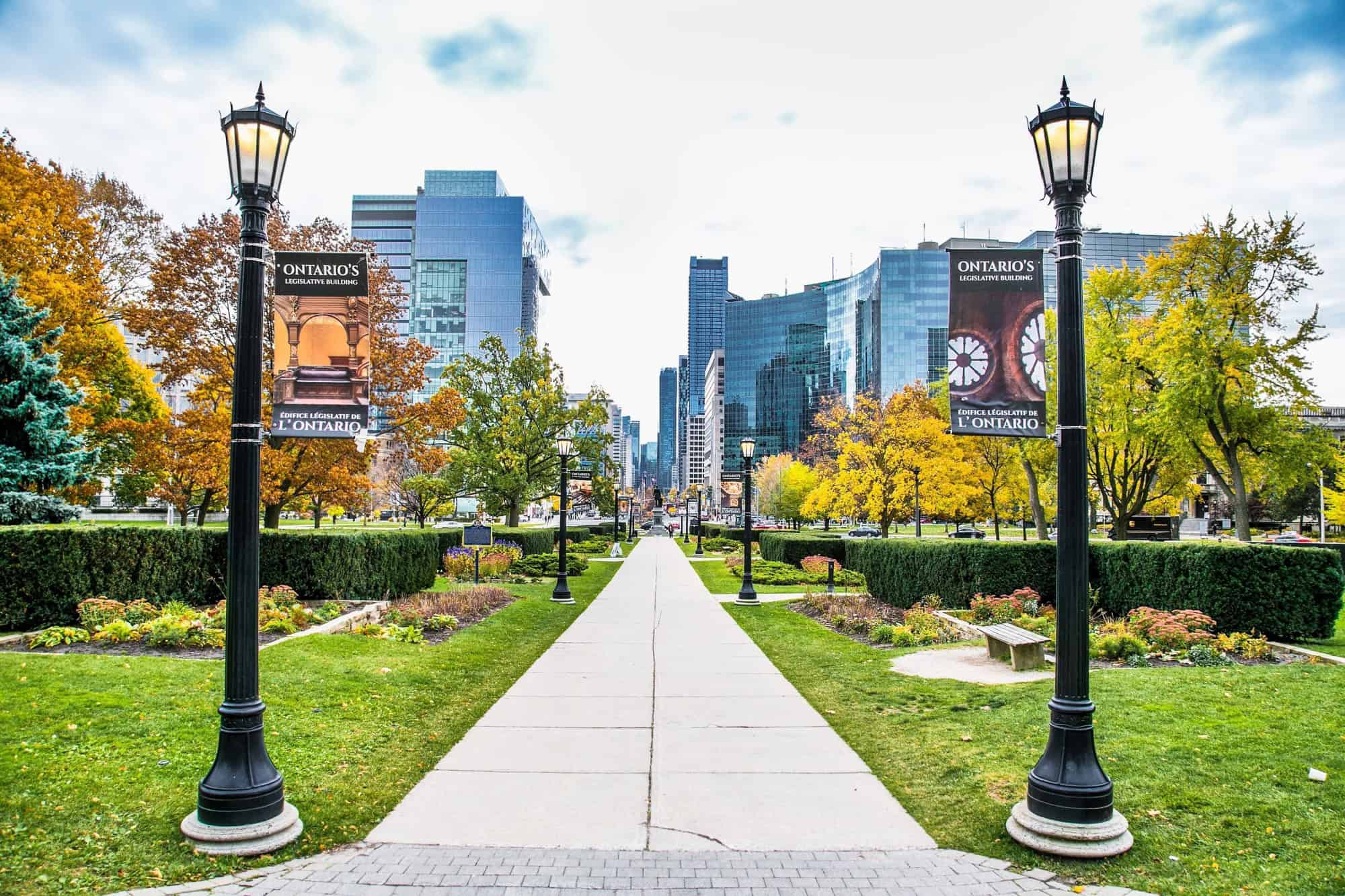So many people have no clue about the hidden tunnel underneath Queen’s Park in Toronto. It’s a secret tunnel that connects the Ontario Legislative Building with the Whitney Block across the road.
Today, though, it’s sealed off to the public & guarded. But why? What was the tunnel used for? And why is it so hidden? Let’s find out.
Key takeaways

You’ll learn about:
- How the tunnel came to be
- Who is allowed to walk through & who isn’t
- Why it’s so secretive
The tunnel’s location

The tunnel itself is situated right underneath Queen’s Park Crescent. It joins the basements between the Ontario Legislative Building & the Whitney Block. The Whitney Block is on the east side of the road, while the Legislature is on the west.
The Legislative Building is where the government debates Ontario’s laws. The Whitney Block still houses a few senior government departments. Francis R. Heakes designed the Whitney Block, and he made it mostly from Ontario stone.
The tunnel’s history

In the mid-1920s, the Legislature was practically bursting at the seams. Many of the offices were spilling into the hallways. The Province decided to fix the problem by building an annex across the street, and the expansion later became the Whitney Block.
During construction, workers decided to add a tunnel at the same time. Workers used the same Queenston limestone for the tunnel as they did on the Whitney Block’s exterior. It was completed in 1928. The tunnel gave the workers an easy way to go back & forth between both sites. It was also weather-proof.
The Whitney Block’s later story

In 1932, workers added a tall, central tower to the Whitney Block. You can still see it in the outline today. In 1966, the Block received its official name as a way to honour former premier James Whitney. The tunnel stayed put during these changes. It allowed people to go between the two buildings while the city around it kept growing.
Part of the official precinct

On a technical level, the tunnel doesn’t actually count as a city structure at all. It’s part of the Legislature’s “precinct.” This term covers everything that falls under the Speaker’s authority & includes parts of the Whitney Block itself.
To put it in other words, the tunnel works as an internal corridor instead of a public path. It’s part of the same rules as the Legislature’s chambers. Categorizing it this way means that it doesn’t count as a place for the public to access.
Who controls access

Security at Queen’s Park is part of the Legislative Protective Service’s jurisdiction. The Legislative Protective Service is a specialized team that reports directly to the Sergeant-at-Arms.
The team manages all of the protected areas on Queen’s Park grounds, including the tunnel. Who can access it? Only authorized staff & maintenance crews. The public can’t use it at all. Don’t even think about trying to sneak in because the team monitors every entry point.
None of the public tours includes this tunnel. Everyone who is allowed to go in must enter through screened checkpoints on the surface. The tunnel itself is locked behind secured doors. Really, it’s there solely for logistical purposes, like moving files & equipment. It’s not for sightseeing.
Who actually owns the ground around it

You might think that the Province owns all of Queen’s Park. It doesn’t. The upper half, the part closer to the University of Toronto, is actually leased to the City. The deal began during the 1800s, before the current government building even existed. The City “rents” the land for 999 years at a nominal rate.
The southern half is where the Legislature stands. The ground there is provincial land. The difference in ownership divides maintenance & snow clearing, as well as landscaping, between different groups. You might see a City crew trimming trees up north while a provincial team handles the lawns closer to the building. It’s intentional.
The bigger underground network next door

Interestingly, the Queen’s Park Crescent tunnel isn’t the only one that exists in the area. There are several service corridors & loading routes under the Macdonald Block complex. The tunnels connect the buildings together.
The Frost Buildings also have their own basement-level tunnels to move staff & equipment. People don’t even have to step outside. All these tunnels work together to create a system that keeps the government quarter running in private.
Sources: Please see here for a complete listing of all sources that were consulted in the preparation of this article.
Related Stories:
